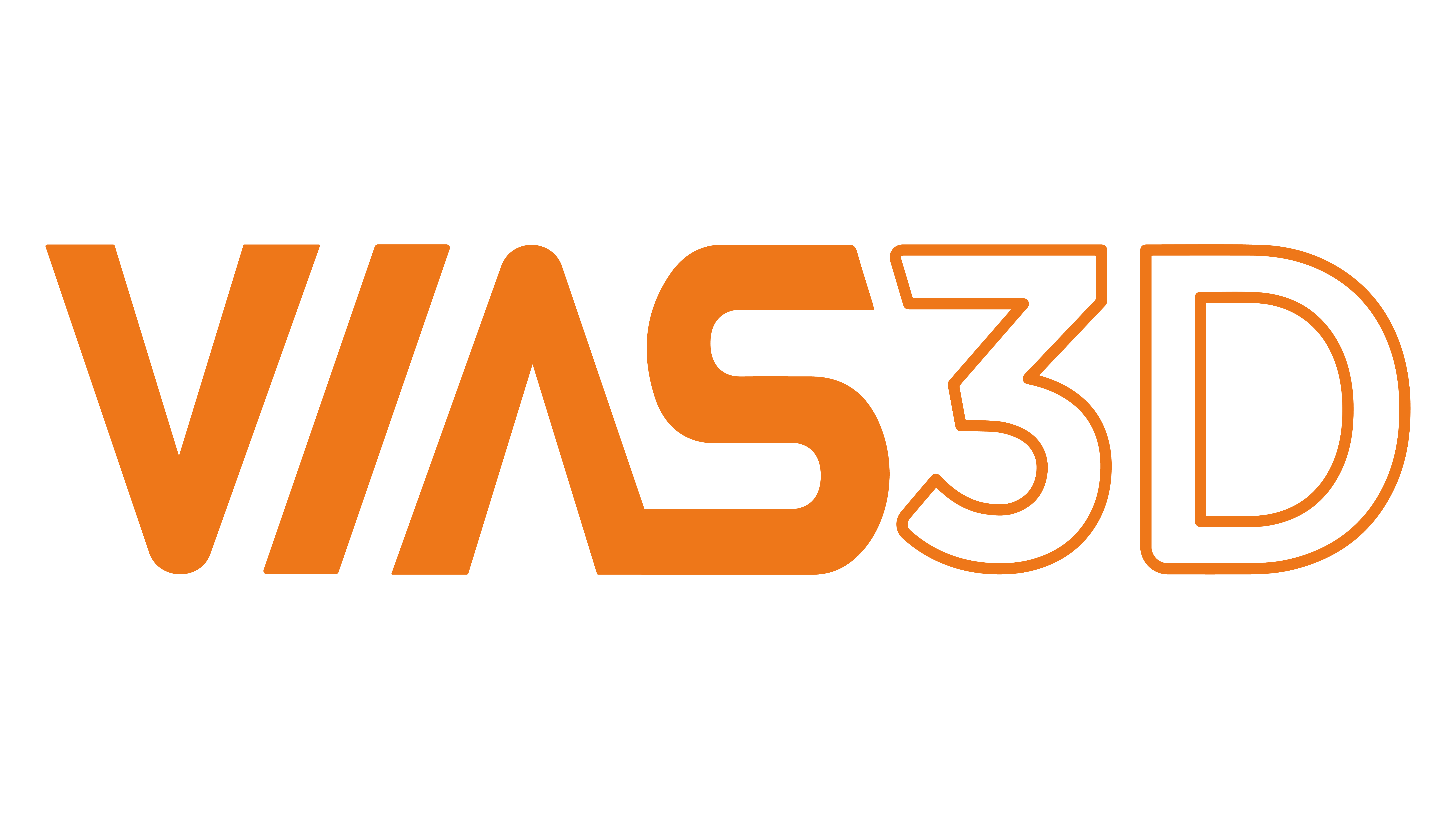5G which stands for 5th generation mobile network is global wireless standard after 4G network. It establishes a high-speed virtual connection between machines, objects, and devices & with everyone. 5G provides very high bandwidth connections, ultra-reliable low-latency communication (URLLC) links for real time communication and interaction, and support for huge numbers of connected devices in small areas.
5G communication will enable new ways of doing business across industries, from enhanced IIoT (Industrial Internet of Things) enabled smart manufacturing to safe autonomous driving and remote surgery.
The OEMs face significant challenges such as developing these advanced technology devices with low costs & time. They also need to be accurate & high performing in addition to being safe for usage. An advanced simulation tool can be used to overcome these challenges & create a design which can then resolve complex engineering problems.
5G Communication Device Design requires Accurate Multi-Physics Simulation & SIMULIA CST Studio Suite with its integration with 3DEXPERIENCE Platform allows the development of different types of antennae for aerospace and defence, medical devices, precision manufacturing in industries, 5G antennas for smartphone and base stations as 5G technology will be deployed in all industries segments such as energy and utilities, healthcare, manufacturing, public safety, automotive, media and entertainment, financial services, retail, agriculture.
Adding support for 5G communication standards to already crowded compact devices places huge pressure on engineers to provide innovative high-performance solutions that do not create electromagnetic compatibility or electromagnetic interference (EMC/EMI) issues like desense of other communication systems. Additional considerations, like designing for acceptable thermal performance of devices that are more densely packed or allowing for the finer mechanical tolerances required of components operating at mm-wave frequencies, increase the need for well-integrated multi-physics and multi-domain product design.
While 5G technologies come with lots of technical challenges such as high data rates, component density, many design variables, high complexity with two new frequency bands, and large scale differences. SIMULIA electromagnetics tools helps 5G antenna designer and EMI/EMC compliance engineer to achieve virtual prototyping and validate their designs throughout their product development lifecycle in order to save cost and time.
Antenna Magus, the unique antenna design tool, which is also part of SIMULIA’s electromagnetic simulation portfolio, helps engineers quickly find the correct initial antenna or array type for a 5G device. Antenna Magus is a fully documented library of more than 400 designable antennas. When given frequency bands and a form factor, the software automatically generates a suitable design as well as a fully parameterized simulation model.
CST Studio Suite also enables compliance tests to be performed virtually such as electric fields inside the human body, cannot be physically measured and can only be characterized with simulation. CST Studio Suite comes with CATIA certified hand and head models which can be used for virtual SAR testing. This can help reduce the risk of late delivery or test failure and thus safeguard the substantial investment in 5G development.
With multiple antennas on a single device, co-site interference or co-existence between antennas and desensitization are important considerations. The CST Studio Suite Interference Task allows virtual testing of multiple component configurations and automatic flagging of potential interference issues. Potential sources of crosstalk between communication channels, and other SI/PI and EMC/EMI issues on the PCB, can be also simulated and resolved with CST Studio Suite.
End Users like Antenna Design Engineers, EMI/EMC Compliance Engineer, SI/PI Engineer, RF requirements Engineer can benefit hugely by adopting Simulation in their product development process.
About Vias3D
Vias3D engineering and simulation team combines decades of analytical and design experience. They have successfully helped to design various products from many industries for strength, stability, rigidity, and fatigue endurance. Our design and analysis capabilities are accomplished through advanced engineering modelling techniques such as Finite Element Analysis (FEA), Computational Fluid Dynamics (CFD), Electromagnetics (EMAG) and other tools.
Using these advanced tools, we can capture complex design features and nonlinearities arising from materials, geometry, and surface interactions to simulate designs and predict their response before they are brought in production.




